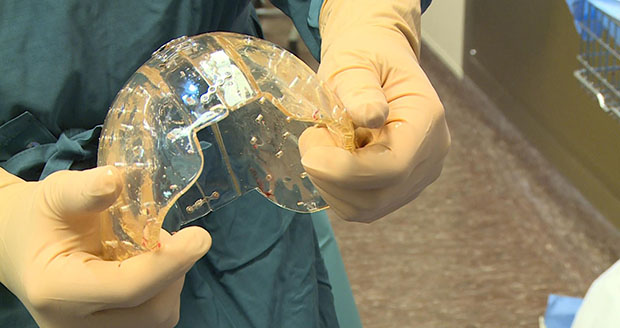We’re reading two different reports on use of 3D printing for medical uses.
A report in MNT describes how 3D printers could be used to “print” customized medicines on demand. A team from the University of Central Lancashire in the UK has submitted a patent application for a device that can produce pills with a “precise quantity of medicine”. They say:
Although the printer can reproduce existing drugs, available in drugstores and hospitals, the UCLan team says that the main advantage of the printer is that it could potentially tailor-make drugs specific to a patient’s needs.
Certainly we cannot expect pharmacies operating such a device to have on hand every possible medicine for their pill printer to use, but the idea of a limited set of materials seems feasible if you consider the notion of mixing materials and quantities to concoct personalized medicines. One can even imagine dosages or mixtures changing during the application window. This is an area that likely requires significant research.
Meanwhile, Today’s Medical Developments reports the 3D printing medical applications currently stands at USD$354.5M and could rise to USD$965.5m within five years.
We don’t doubt these estimates, as the number of medical applications for 3D printing technology seems almost limitless.


